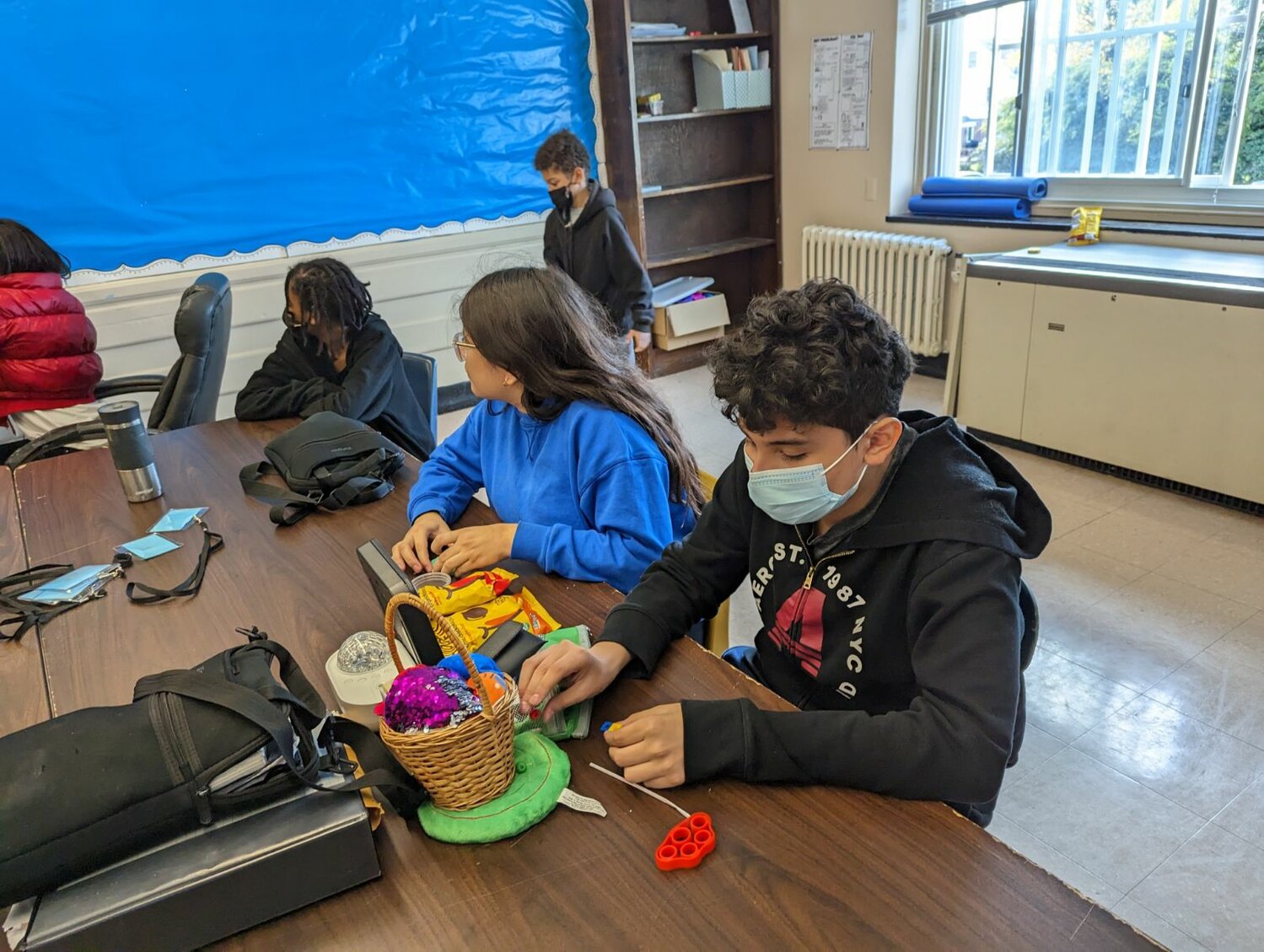Students have more anxiety than ever before, Lawrence public schools is addressing it
Leaving for school in the morning is a newly appreciated blessing for most students these days, who not long ago languished at home, learning remotely — or trying to — in front of their computers. They didn’t have to get dressed for school, but as the pandemic dragged on, they discovered all the things they missed about being there.
“When we talk about students coming to school every day,” Lawrence Public Schools superintendent Ann Pedersen said. “It goes under the category of a sense of belonging.”
But with Covid limitations long since lifted, school attendance has become an issue, researchers have found.
According to data compiled by Stanford University education professor Thomas Dee, during the 2022-23 academic year, an estimated 6.5 million students across the United States were chronically absent. New York state saw a jump in chronic absenteeism from 19 percent in the 2018-19 school year to 33 percent in the year that ended in June, according to Dee’s research.
It also found that Black, Latino and low-income students had higher rates of absenteeism.
Lawrence is one of two districts in the Five Towns that educate many students of color. According to data on the State Education Department’s website, 68 percent of Lawrence students are Latino, and 15 percent are Black.
Data on absenteeism for the most recent school year is not yet available yet, but in 2021-22, the chronic absenteeism rate was significantly higher than before the pandemic. At the high school level, 55 percent of students were chronically absent — a student absent 15 or more in the school year, would be considered chronically absent, according to the education department— and at the elementary level, 66 percent.
The 2022-23 school year was for many districts a full return to normalcy, with no lingering restrictions based on public health. But the persistent absenteeism continued.
“Fast-forward to where all those restrictions are removed, and now we’re in an everybody-comes-to-school, no-quarantine age,” Pedersen said. “But at the secondary level, students are now chronically absent.”
With the disruption of the school routine caused by Covid, she explained, students began suffering various levels of anxiety. “Some students are overwhelmed by the largeness of a school” since they have returned, Pedersen said.
The district’s middle school and high school have a Social Emotional Learning, or SEL, room, a place where students can go to escape the stress, whether it be the noise of a crowded classroom or any other source of anxiety. They also have access to school psychologists and social workers.
“It’s been a difficult time for our students,” Michael Amorgianos, a bilingual school psychologist in the Lawrence district, said. “The pandemic has affected them in a lot of different ways, and the main way that it’s affected them is their schedule, such as their sleep and socialization.”
“Because of the fact that lots of technological advances have been pushed for virtual home usage, we see students getting these addictions to technology,” Amorgianos added. “They stay up late at night, and sometimes they miss school as a result of that.”
The SEL rooms help students become more social at school in a small space, he said, which may be more comfortable for them than the typical socializing in the lunchroom, at recess and during arrival and dismissal.
“During those moments, they’re not getting as much direction on how to behave, how to act, what they should be doing,” Amorgianos said of time in an SEL room. “It’s very difficult for them … where there have been gaps because they weren’t attending school, or because they weren’t socializing with their friends.”
Activities in the SEL rooms range from arts and crafts to social-emotional lessons individually or in groups.
“We see that students end up feeling more comfortable, transitioning going downstairs a little bit more often,” Amorgianos said. “Then we see other students coming up that have heard about positive experiences and are wanting to get help for themselves.”
The rooms are capped at about 15 students.
At Hebrew Academy of Long Beach, a peer mediation program was launched a year ago to help students redevelop relationships and communication skills they may have lost while learning remotely.
Leading the discussions were HALB fifth-graders who helped their younger schoolmates.
“It was a tremendous success,” Abate said about the program. “Beyond even my wildest dreams. The children who were the mediators really learned a set of skills that will serve them well in life because they were able to navigate issues between students that would normally be handled by social workers.”
Creative Response to Conflict, a nonprofit organization that helps those dealing with conflicts in hope of turning them into positive experiences, trained the fifth-graders.
Outside of the SEL room, Lawrence schools goes above and beyond for their students in need.
“We all do our part in helping to contact the families as often as we can and as frequently as we can,” Amorgianos said. “Sometimes we do home visits, but most of the time we do a lot of calling home and staying on top of those families to make sure that the students are attending school.”






